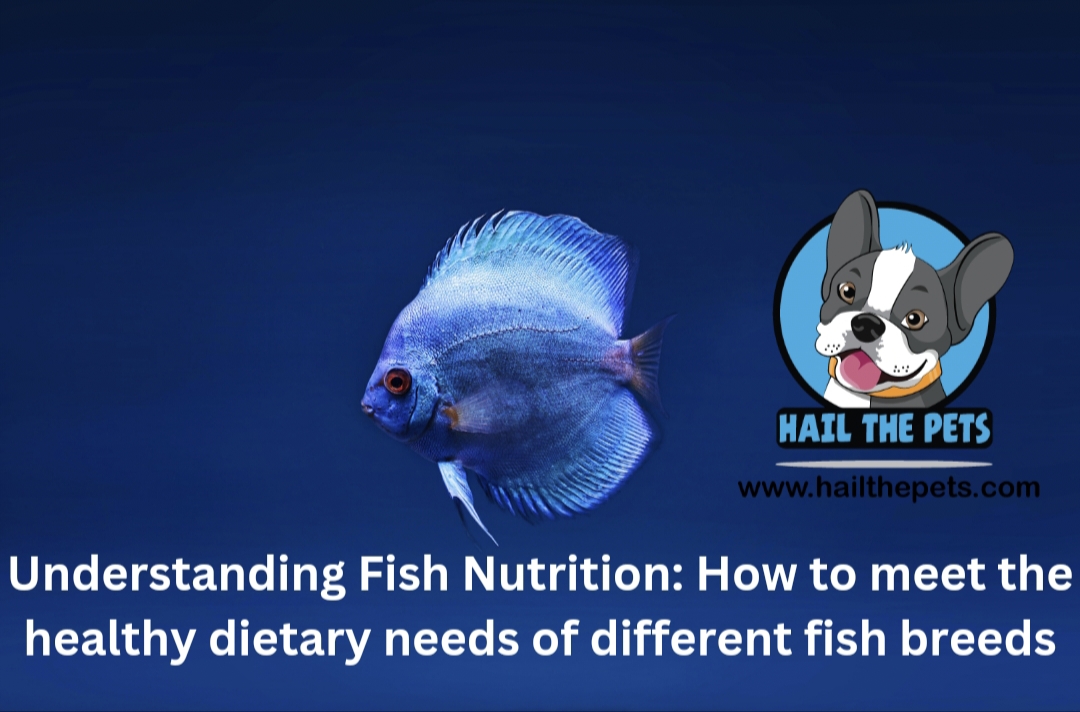Do you have an aquarium with different fishes, and you are now wondering what to feed them? Are you planning to buy fish but want to know more about their appropriate diet? Are you anxious about your fish’s health? Many people would think that fish nutrition is relatively easy to choose. However, it may be quite the opposite.
Read more: Dietary needs of fish
You get ready-made pellets in the market that you drop in the aquarium. However, not every food is good for fish health. What you give to your pet and how you feed them is essential to maintain good fish health. There is much more to a fish diet than just sprinkling a few flakes. This article will briefly discuss fish nutrition and how to fulfill the fish diet of different fish breeds.
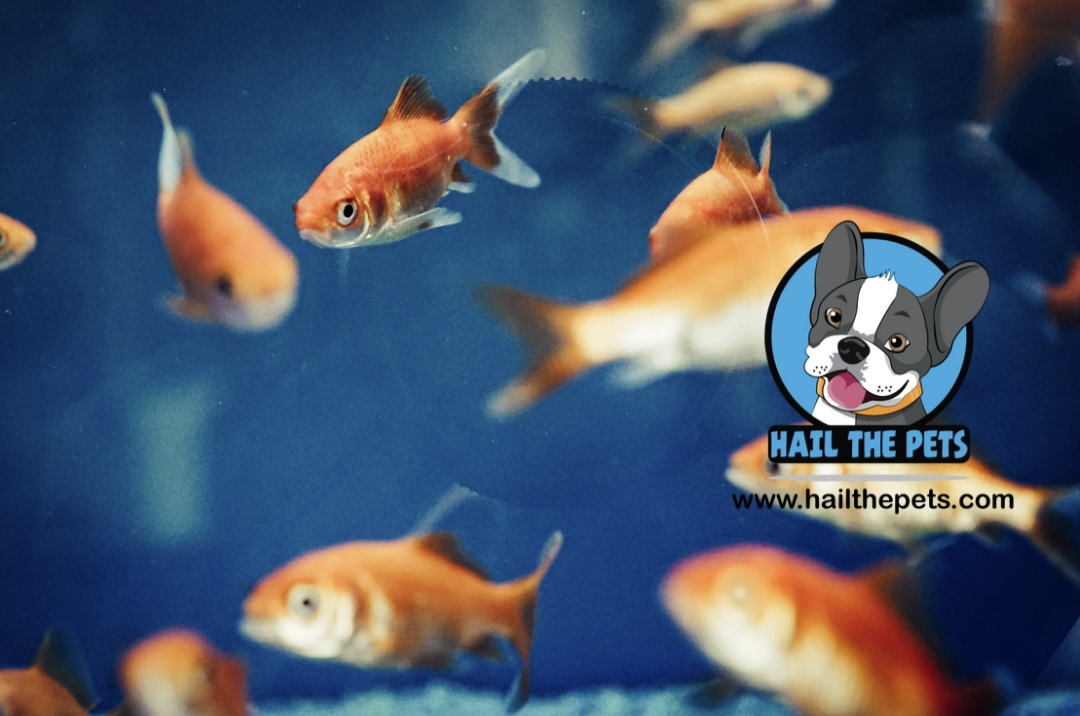
Selecting the Correct Type Of Fish Nutrition
Buying the right kind of food for your fish can be overwhelming, e as soon as you enter the pet store, especially for a new owner. Start by learning a bit about the breed of fish that you have. Good fish health ensures that your pets have a longer life span. Following are the types of food depending upon what your breed of fish likes to eat;
Dry Food
Dry food is the most common fish food in pet stores. These are in the form of flakes or granules. Moreover, they also come in sinking and floating varieties. Such food has lower fiber content, so fish experts may recommend adding vegetables. They may suit your fish health, especially if you read the nutritional label correctly.
Frozen Food
Some fishes, especially carnivores, love to eat frozen food. Shrimps, prawns, and krills are frozen food readily available in pet stores and are suitable for fish health.
Live Food
Large predatory fishes most prefer live food. Shrimp brine and ghost shrimp are examples of this type of food. The best aspect of live food is that it helps the fish retain their hunting nature which is suitable for their fish health.
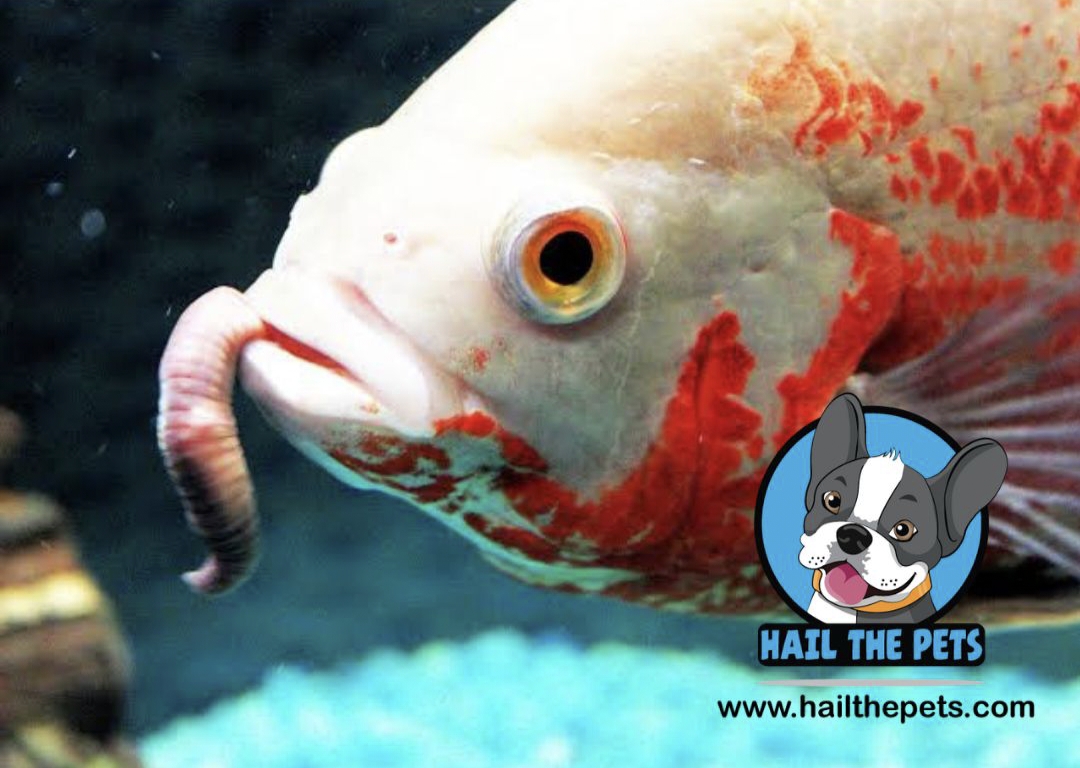
Greens
Certain fishes prefer to eat green such as aquarium plants. Options for green vegetables include cucumber, spinach, lettuce, or zucchini. You only need to clip these vegetables and place them in the tank. Replace any leftover vegetables within 24 hours. Leafy green vegetables are essential to your fish health since they are full of fiber.
Freeze Dried Fish Nutrition
Pet stores have tubifex works or Mysis shrimps in the form of freeze-dried cubes. These are full of fish nutrition and are loved by meat-eating fishes.
Read more: Ten tips that can help you choose the right size and type
Every fish has a different metabolism, so they need different types of food to maintain good fish health. Use various food types if you have an aquarium with other fish breeds. You can mix floating food and sinking food to make a blend of proper fish nutrition. To know more about what is fish food made of click here.

Fish Diet for Different Breeds
Now that you know the different types of feed available in the pet stores for your fish. You must also understand what your pet fish may like to eat. Every fish is different, and so they have unique diets too. It depends on their body size, metabolism, and much more. Let us discuss some common pet fish breeds and what they like to eat.
Read More: Balanced fish diet
Goldfish
The main fish diet for these golden sparkly fishes includes pellets and flakes. These must have a high carbohydrate content of around 44%. Besides, it must have 40% protein and 10% fats. Goldfishes do not prefer to have flakes, and you must feed them sinking pellets instead.
If you plan to give them fry food, then soak it in water for a minute or two before giving it to your goldfish. Tetra, Hikari, and Dainichi ranges are popular sinking pellets for people who own goldfish.
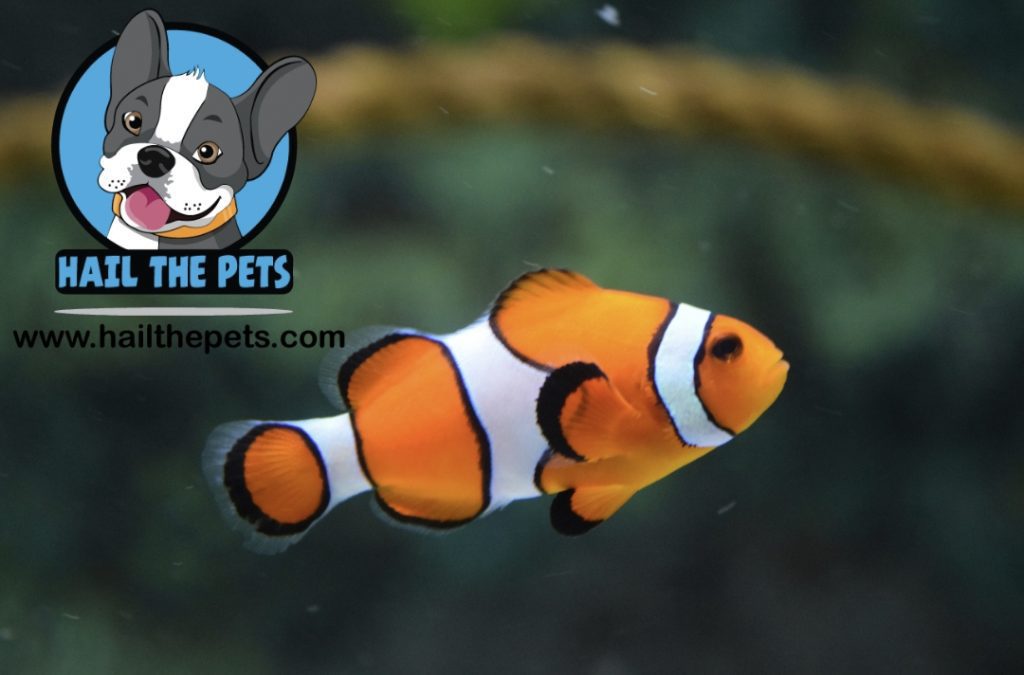
Guppies
In the natural environment, guppies are opportunistic feeders. It means that they will feed on anything that you give them. However, there is a wide variety of guppy food in the market, which can confuse you.
Read more on common fish diseases: Fish disease symptoms
Extra processed food can cause bloating. Vets recommend feeding wet food to your guppies, such as brine shrimp or frozen worms. People may also give them flaky food because it contains all the necessary fish nutrition. Feed them food that is high in protein, such as Brine shrimp. There is also an option to give them veggie pellets. These pellets are of algae, spirulina, and plankton. Spirulina helps guppies to fight off skin infections.
Oscar
Generally, Oscar owners usually feed them live fishes or pellets for large fish. The pet stores typically have cichlid pellets, which are best for Oscars since they have all the fish nutrition. Other than this, fish owners also give feeder fish to Oscar.
If you are new to fish, it is important to tell you that feeder fishes are live fish. Live fish has high protein, and they also help to retain the hunting habits of Oscar. Giving feeder fish may increase the chance of catching disease. So it is better to ensure they are from a trustworthy pet store.

Angelfish
The majority of people who own angel fish feed them flakes to eat. It may be dangerous for the fish since these do not fulfill their nutritional requirement. Lack of nutrients can make them catch an illness or lose their colors.
The best way to feed angel fish is to give them various foods. You can provide them with flakes, freeze-dried worms, pellets, and frozen food. Ensure that these are high in protein and fiber. Giving them worms and shrimp is ideal since they have protein and fiber. Other than this, you can also give them cucumber and spinach.
Want to know how to clean fish tank, click here
Unlike other fishes, you must feed angelfish at least 2-3 times daily. Angelfish snack on algae throughout the day, so leave some around for them. Cleaning fish tanks thoroughly is necessary to avoid any fish diseases.
Betta Fish
In nature, Betta fishes are carnivorous. They have upturned mouths, showing that they feed on mosquito larvae floating on the water. Most of the Betta fish owners feed pellets and flakes to these fishes. However, Betta fishes are messy eaters. So, cleaning your tank in case any food is at the bottom would be best. It is also essential to ensure that the flakes or pellets are very high in protein.
Other owners may also feed them live worms, frozen or freeze-dried worms, to give them a variety in their diet. Brine shrimp is one the most common types of frozen food that you can provide to your Betta fish.
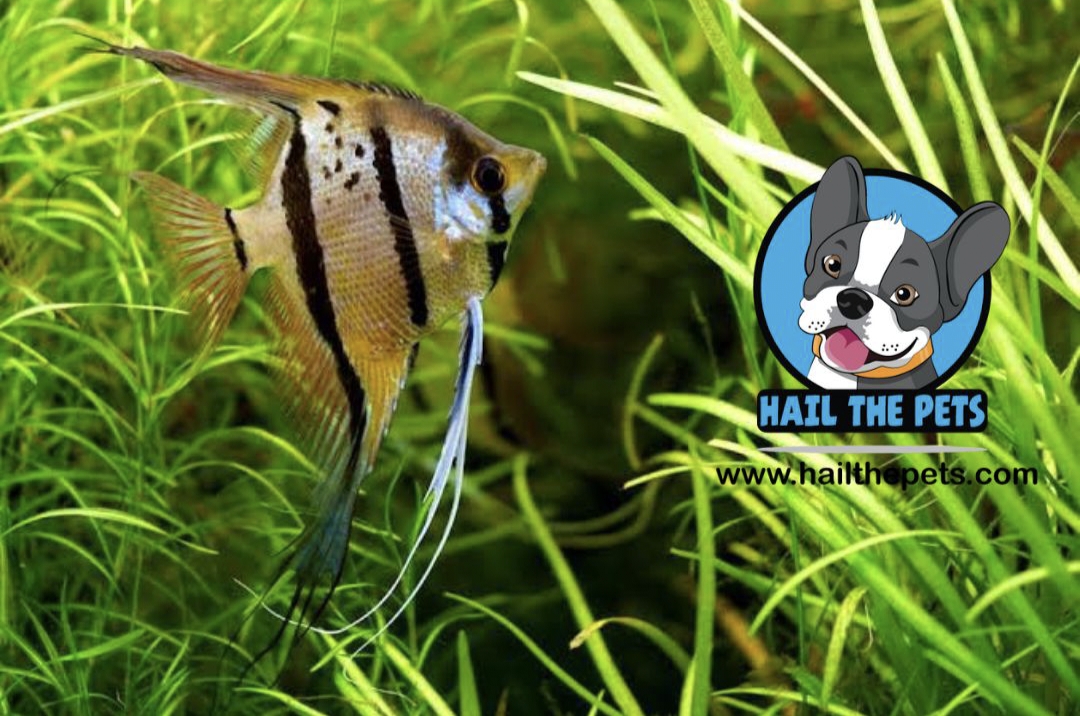
Discuss
In its natural environment, discus fishes are carnivores which means they eat meat. When kept in an aquarium, the same fish diet. Older discus requires a fish diet with 35-40% protein. Younger Oscars need at least 50% protein in their fish diet.
To give your discus fishes the correct amount of fish nutrition and fat, you must provide them with a combination of live, frozen, and freeze-dried food. Bloodworms are particularly popular among these fish breeds. These have high protein content and are also available in various types. It is crucial to keep discus away from tubifex worms. Tubifex worms cause contamination and may require preventive measures.
Zebra Fish
Zebras are not picky eaters and may eat anything you give them. In their natural habitat, zebrafish eat insects, algae, and worms. Their fish diet must be a mix of various foods to get the nutrients they require to thrive. Start by giving them flakes of high quality.
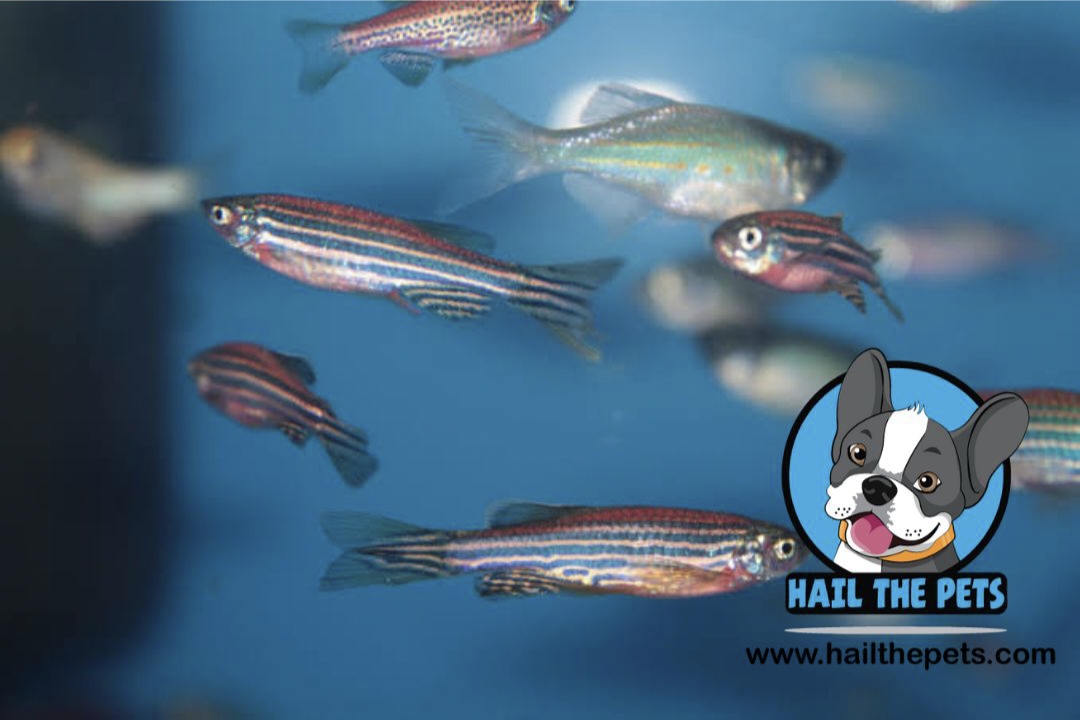
You can also occasionally give them live or frozen food. Fruit flies, worms, and brine shrimp are examples of live food you can provide zebra fishes. Add frozen brine shrimp to the fish diet once or twice a week.
How Much Should You Feed Your Fishes
Overfeeding is one of the most common errors that pet owners make when feeding their f sh. It is a habit that increases the amount of waste in the tank, making it dirty quickly. The waste is not just the leftover food but the excreted food because they are over at. An increase in ammonia, nitrite, and nitrate levels indicates that you are overfeeding your fish.
Read more: Fish feeding guidelines
Here are a few tips on how much you must feed your fish;
- You must feed adult fish only once a day and at the same t me. Build a schedule so that you avoid overfeeding them.
- Young fishes need food three to four times a day.
- Plant-eating fishes nibble on algae and plants throughout the day in their natural environment. If you have such fish, you, too, can feed them in small portions throughout the day.
- The rule of thumb is you must only feed your fish whatever they can eat in five minutes.
- Do not think that you need to feed your fish depending on the size of the aqua um. Spread the food across the aquarium so that it reaches everyone quickly.
Read more on fish food types: Fish food types
Conclusion
Fishes are versatile pets, and many are not picky eaters. The fish diet and fish nutrition of every fish depend on their habitat in the natural environment and their size. Some fishes are predatory, while some are herbivores. Feeding your fish according to the guidelines would be best to keep them healthy and active. You can also ask a pet expert about it if you need clarification. Sometimes, you may even purchase the wrong food for your fish. It is why you must ensure that any food you buy is high quality and has the correct amount of nutrients.
